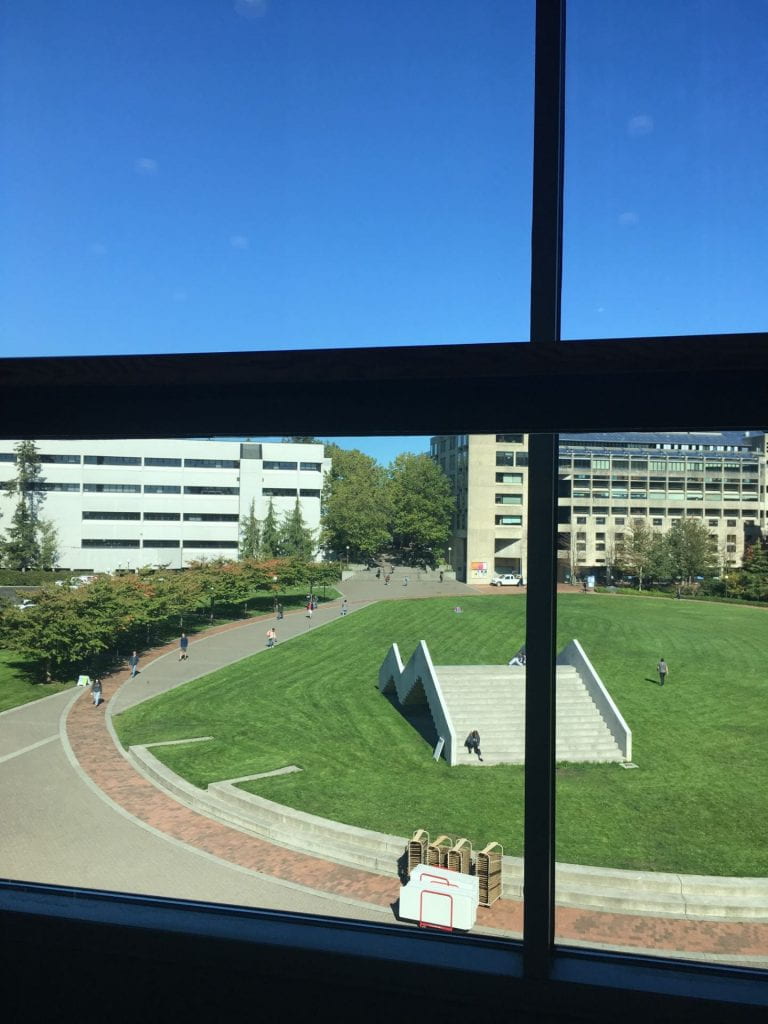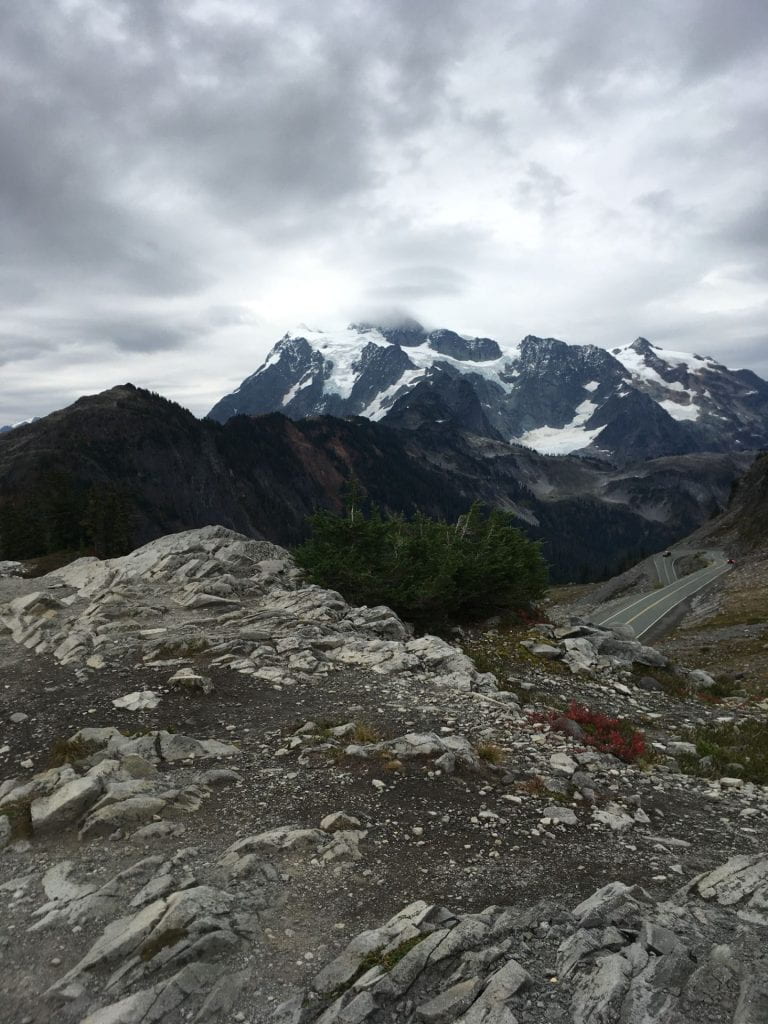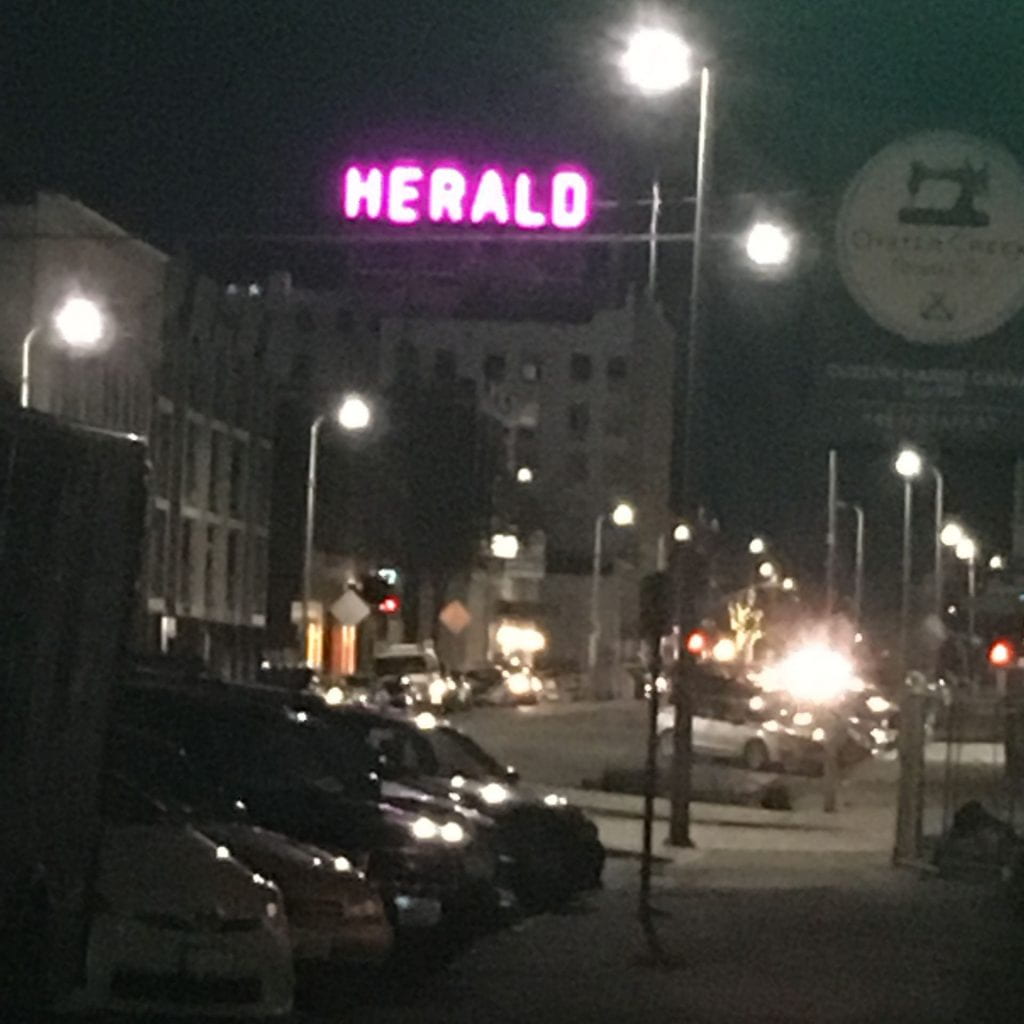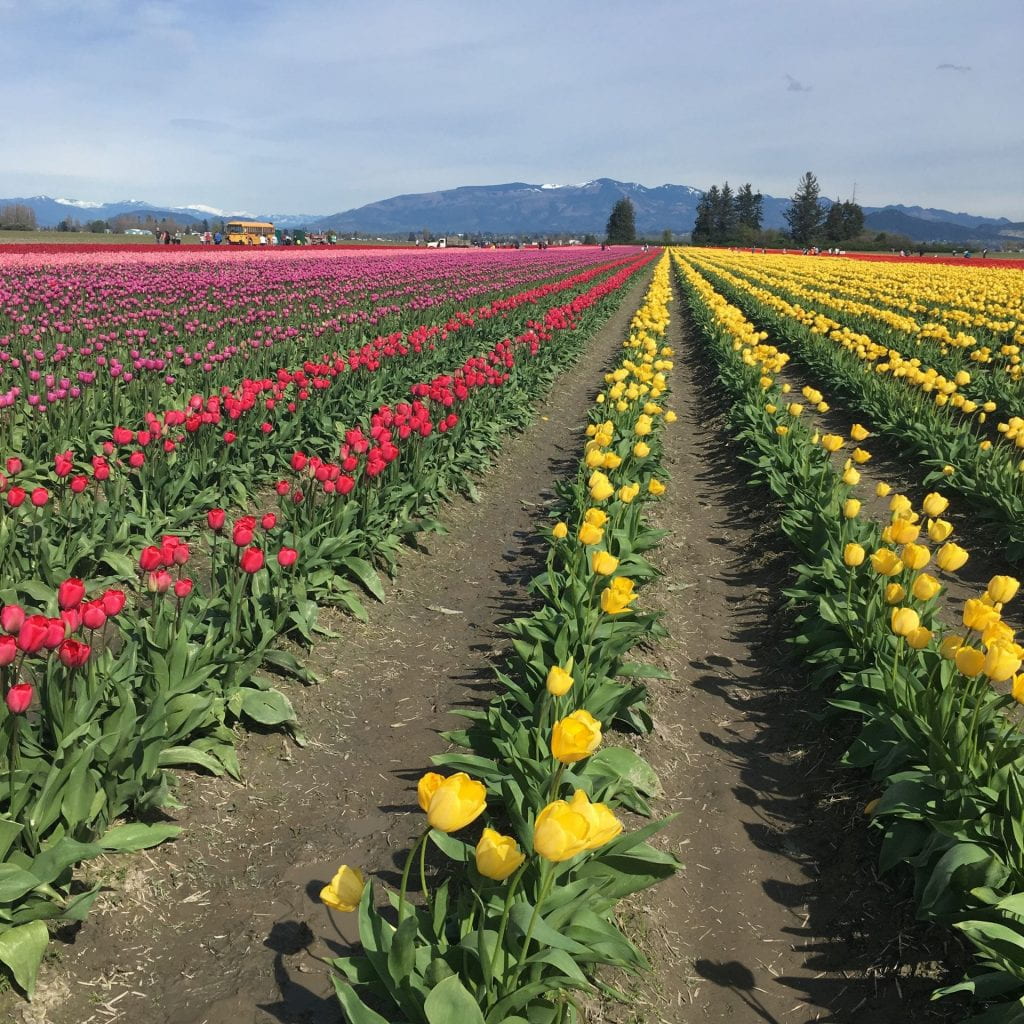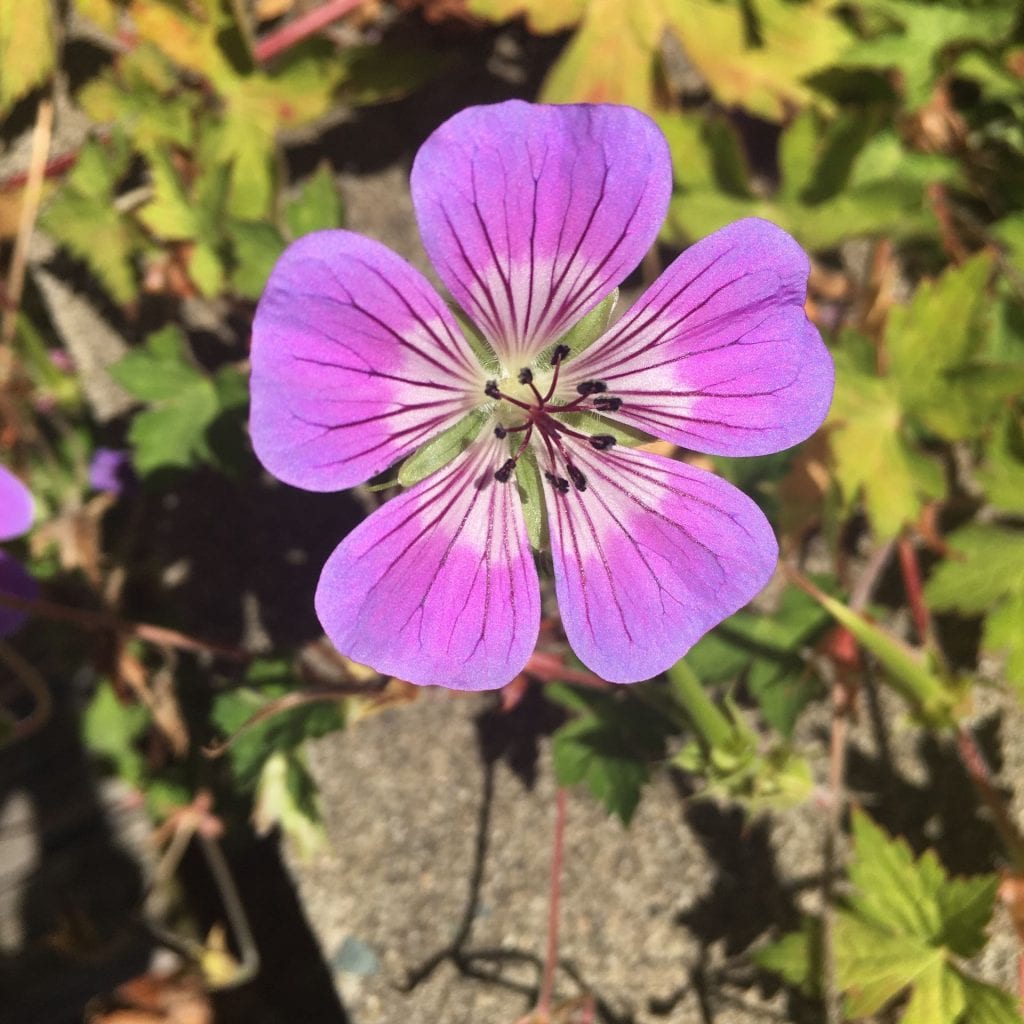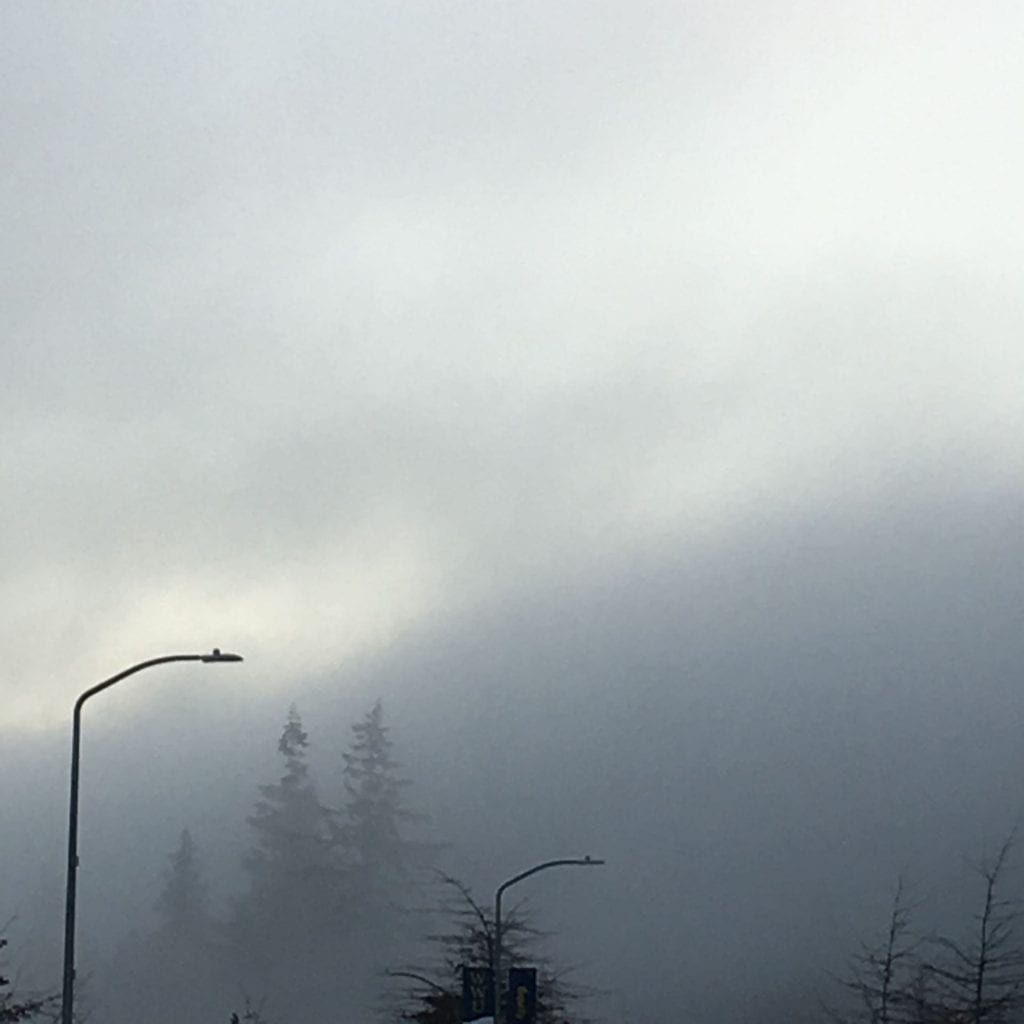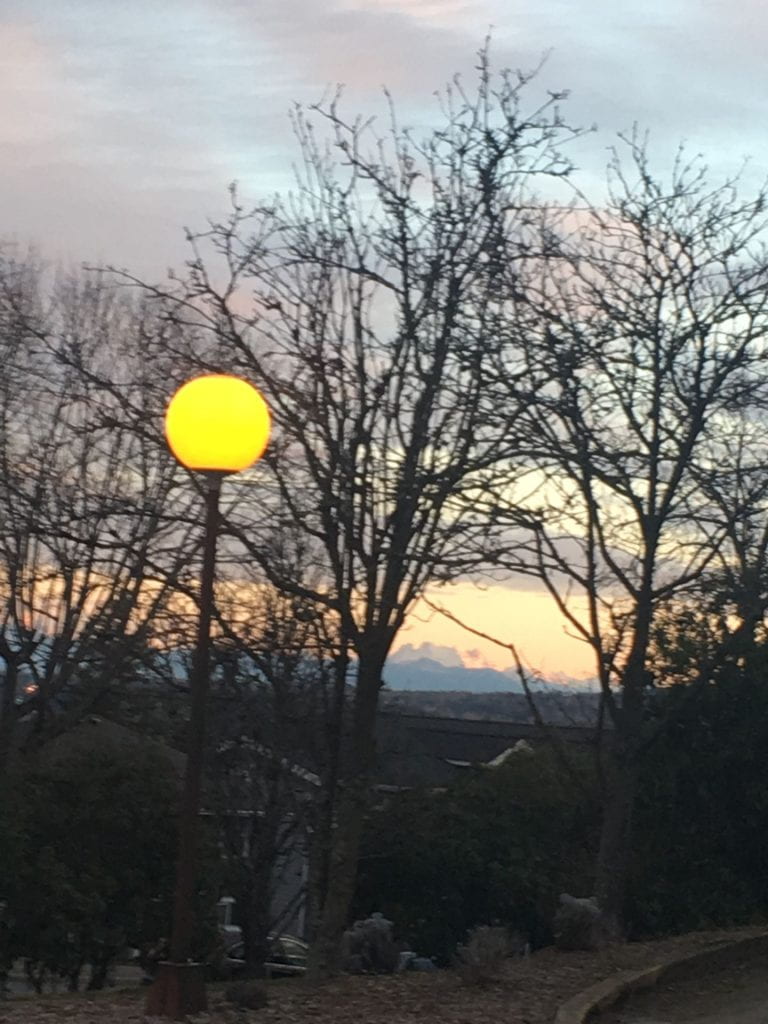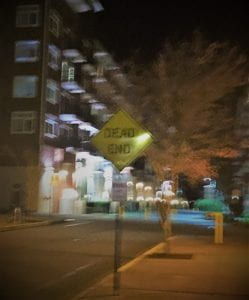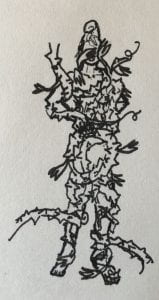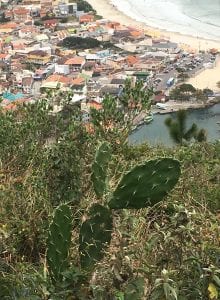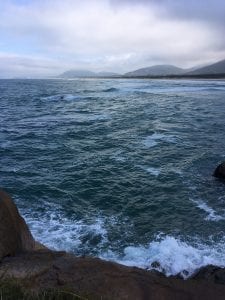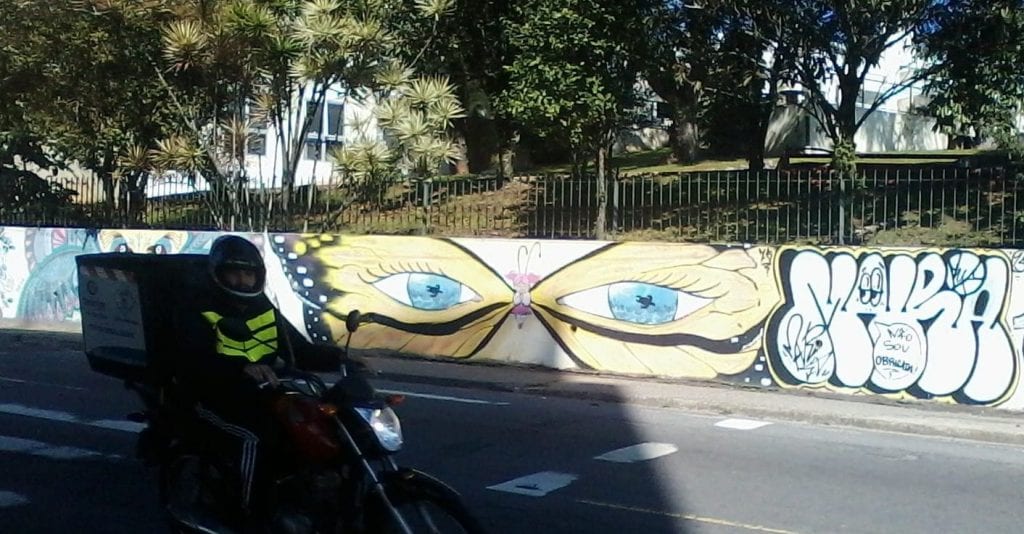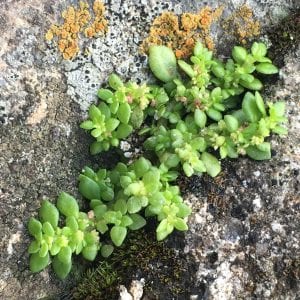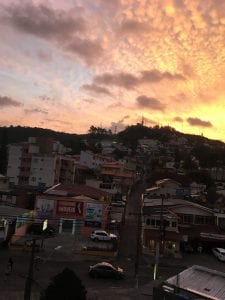What is slavery and trafficking?
Slavery is when a person’s ownership over themselves is given to another person, for the purposes of exploitation. Even while one person can have some control over other people, such as the case of employers over employees in the work place, it is slavery when the life choices and conditions are made completely by another person1.
Human trafficking is basically moving people across borders to make them work as slaves. Most slaves are trafficed2.
There is also a small amount of data about slavery and it is often spotty. This makes it imposable to write with 100% certainty.
Where does slavery appear in the world?
Everywhere3.
Why does that matter?
Freedom from slavery is a human right. When people in countries violate this or any human right, it is not good for the country. I will, after examining slavery in a few countries, examine how slavery impleads Sustainable Development Goals.
Let’s look at some examples. I have chosen to look at slavery in the United States, Pakistan and Nigeria. I think these are good examples of how slavery appears in the world today and how it differs country to country and region to region. For my data I used UNODC4.
The United States.
One of the illegal imports into the United States is slaves. The US is a “very high importer”3 of slaves compared to the world.
What are the kinds of slavery found in the USA?
Sex trafficking/prostitution—Sex trafficking and prostitution is when people are imported, and forced to do work such as provide sex as a prostitute, preform for pornography among other forms of forced sexual work and sexual exploitation. Sex trafficking is huge in the US, and most likely the #1 reason for human trafficking to the US. Adult women are the main gender and age demographic for this category of slavery.
Domestic slavery—People working as domestic slaves usually work in privet homes, cleaning the home, taking care of children or elderly. People trafficked for domestic slavery in the US may be illegal immigrants (though are not always), and fearful of deportation, may not report their slavery to authorities. Promised work, employers, who are likely to be the home owners, keep passports of slaves, who legally came here, so slaves cannot escape the country. This type of slavery is hard to detect because slaves are hidden away in homes, and holders of a slave are less likely to be prosecuted because slaves are often POC. In the United States most domestic slaves are women.
Non-Domestic Labor trafficking—Any labor sectors may have slaves. Usually slaves will be working in relatively low-skill jobs. Farm workers, dish washers, mining, etc. In North America forced labor trafficking accounts for about 39% of slaves, second to 55% of slaves who are sexually exploited. Also, I think it is important to mention that most laborers are legal workers, and crappy working conditions are not the same as slavery, even if slaves do earn money. Men are the majority of non-domestic labor slaves. Amongst all forced laborers, (that is not sexual slavery) there is a 50/50 women/men ratio.
Pakistan.
Pakistan is both a destination and recipient country. Also prevalent in Pakistan are slaves that are from within the country’s borders.
In, Khalid Koser’s TEDx Why Migrant Smuggling Pays5 he explained that the best investment a Pakistani can make is to send a family member abroad. Whether or not that family member is then trafficked, the fact is that trafficking happens where there are migration flows. If a family invests to send a grown child abroad, the child is more vulnerable to human trafficking.
Debt bondage— AKA Bonded Labor. Particularly high in Pakistan and India, debt bondage is when a slave owner claims the slave has a debt to them to be payed and the slave must work for the owner until the debt is payed off. Often there are levels of interest, so high the slave is never debt free. Traffickers/smugglers, may declare the person they are smuggling as in debt upon arriving in a new country, or parents may have borrowed money and therefor sell children to work in order to pay off debts. Whole families may have to work in an attempt to pay-off a never ending pile of debt. Often, this type of slave does not cross a border, and in South Asia 88% of slaves stay within their country of origin. Whatever the reason people end up in debt, making someone work for you without pay till the debt is payed off is illegal.
Nigeria.
In Nigeria, lots of people trafficked to leave. Dew to small amounts of data, slavery and trafficking in Nigeria is better understood with in regional contexts of West Africa and Sub-Saharan Africa.
In west Sub-Saharan Africa, compared to the rest of the world, there is lots of child trafficking. Boys are especially trafficked in the Sub-Saharan African region. In Nigeria the percent of adults in slaved is 42%, whereas the other 58% are children.
In West Africa children are most often trafficked for forced labor. Parents give children to other adults, expecting these adults to provide care and education (education can be hard to obtain in many Sub-Saharan African contries9). Instead the child is made to drop out of school and do domestic labor and street trading.
In all of Sub-Saharan Africa, amongst adults, more women are trafficked. In Nigeria and Uganda adult women slavery is particularly high for Sub-Saharan Africa.
Besides forced child labor, forced begging and child marriages are also common in West Africa. Farm work, and fishing are common forms of slavery. In Sub-Saharan Africa sex trafficking happens less than the aforementioned forms of slavery and is much more prevalent in urban areas. Many people are trafficked out of Nigeria, but there is also migration back in. West African trafficking flows to North Africa, and in Nigeria it also flows to the Middle East. To quote4: “In West Africa, for instance, victims from Benin, Burkina Faso, Cameroon, Mali and Niger were detected in neighboring Nigeria, where victims from other West African countries, such as Côte d’Ivoire and Togo were also found. At the same time, Nigerian victims were detected or repatriated from the very same countries…” this however provides a small snap shot of slavery and trafficking in Nigeria. Nigeria both reports and prosecutes the most traffickers.
The levels of trafficking are related to violence. Nigeria is a fairly violent country6 and also a country that was colonized. Most countries that where colonized struggle to build peaceful nations, that have stability and low crime rates. Instability and violence lead to higher rates of slavery.
Now I will examine the connections between slavery and Sustainable Development Goals. There are many Sustainable Development Goals7.
One of these goals rates to gender equity. How can we have gender equality if women are sexual slaves? If middle and upper class working women in the US have to have paid or unpaid workers in their homes8, how can there be gender equity?
Another relates to access to education. If education is unaccusable at home, so that parents must entrust strangers who traffic their children, how will education enrollment increase?
A third to peace, justice and stable institutions. If violence and instability make it easier for traffickers to trick people into slavery and are not caught, how can there be justice? If families must work off debts, without pay, how can there be justice? If we know so little about slavery, to the extent that many statistics I would like to have are missing, and I must rely upon regional data, how can we end the slavery?
What can institutions and governments do to end slavery and work toward Sustainable Development Goals?
These questions show just the tip of the iceberg for how violating the human right to be free from slavery impedes progress toward Sustainable Development Goals.
Resources
1: Legal definition of trafficking of persons from UNODC (#4): “the recruitment, transportation, transfer, harboring or receipt of persons, by means of the threat or use of force or other forms of coercion, of abduction, of fraud, of deception, of the abuse of power or of a position of vulnerability or of the giving or receiving of payments or benefits to achieve the consent of a person having control over another person, for the purpose of exploitation.”
2: Legal definition of slavery from UNODC (#4): “the status or condition of a person over whom any or all of the powers attaching to the right of ownership are exercised”
3: Here is a map showing slavery importers and exporters around the world.
4: UNODC. “Global Report on Trafficking in Persons”. United Nations. New York. 2016.
5:Koser, Khalid. “Why Migrant Smuggling Pays”. TEDx. Ghent. Sep. 24 2013. While I disagree with several of the fundamental points of this TED talk, it provided me with the investment stat.
6: In recent times. See Wikipedia https://en.wikipedia.org/wiki/List_of_countries_by_intentional_homicide_rate , where Nigeria is from most homicides to least, 49 of 219 countries. Also see http://www.thisisinsider.com/dangerous-countries-2017-5, https://theplanetd.com/10-most-dangerous-countries/ as further evidence.
7: “Sustainable Development Goals.” United Nations, United Nations, https://www.un.org/sustainabledevelopment/sustainable-development-goals/.
